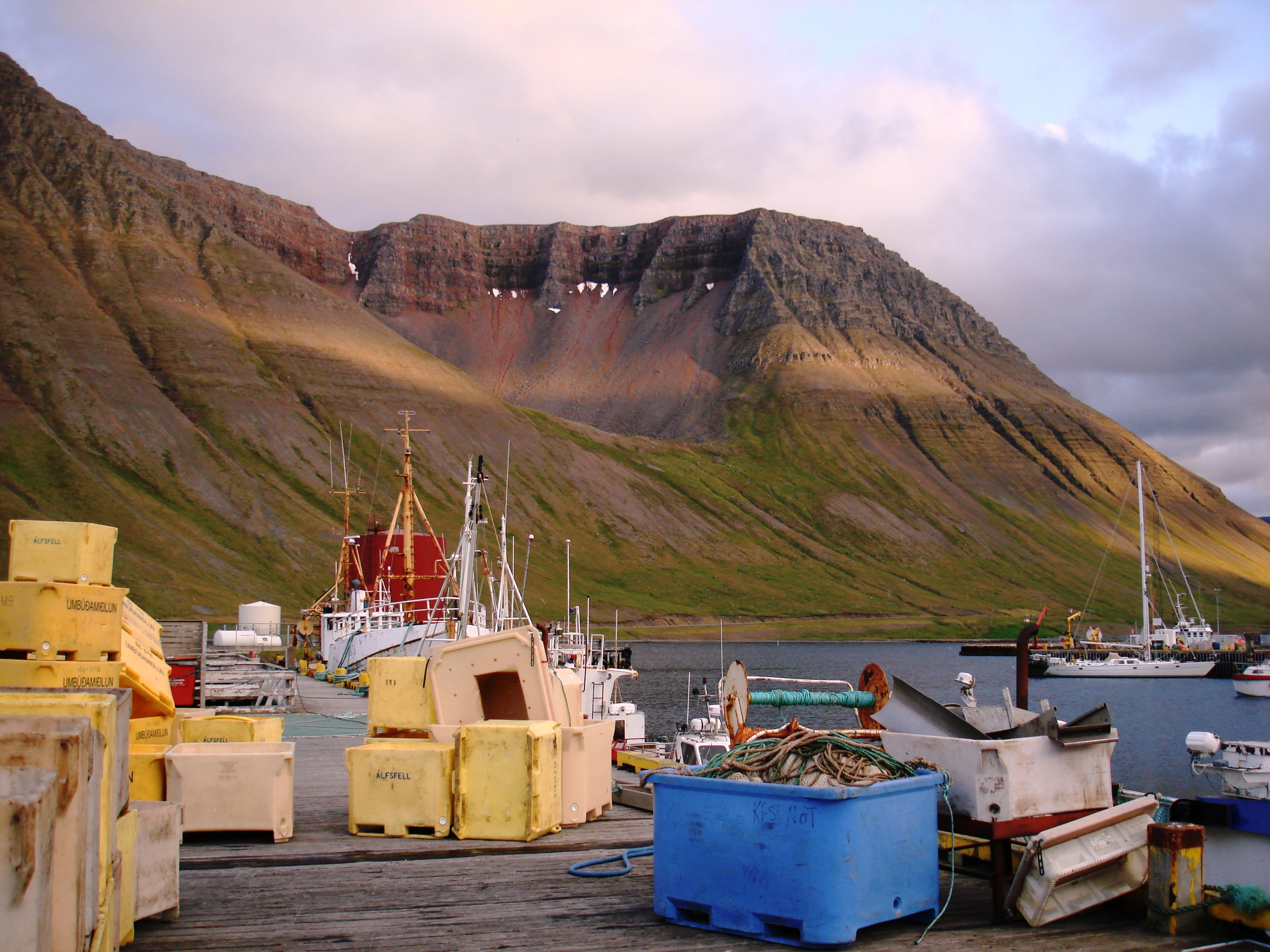|
VatnsfirΟΑingar Family Clan
The VatnsfirΟΑings (or VatnsfirΟΑingar) were one of the most influential family clans in twelfth century Iceland during the period of the Icelandic Commonwealth. Their domain of influence was the town of ΟçsafjΟΕrΟΑur ΟçsafjΟΕrΟΑur (pronounced , meaning ''ice fjord'', literally ''fjord of ices'') is a town in the northwest of Iceland. The oldest part of ΟçsafjΟΕrΟΑur with the town centre is located on a spit of sand, or ''eyri'', in SkutulsfjΟΕrΟΑur, a fjord ... and its environs. References * Ο¹rni DanΟ≠el JΟΚlΟ≠usson, JΟ≥n Ο™lafur Οçsberg, Helgi SkΟΚli Kjartansson ''Οçslenskur sΟΕgu atlas: 1. bindi: FrΟΓ ΟΕndverΟΑu til 18. aldar'' Almenna bΟ≥kafΟ©lagiΟΑ, ReykjavΟ≠k 1989 Icelandic family clans {{Europe-hist-stub ... [...More Info...] [...Related Items...] OR: [Wikipedia] [Google] [Baidu] |
Clan
A clan is a group of people united by actual or perceived kinship and descent. Even if lineage details are unknown, clans may claim descent from founding member or apical ancestor. Clans, in indigenous societies, tend to be endogamous, meaning that their members can marry one another. Clans preceded more centralized forms of community organization and government, and exist in every country. Members may identify with a coat of arms or other symbol to show that they are an . Kinship-based groups may also have a symbolic ancestor, whereby the clan shares a "stipulated" common ancestor who serves as a symbol of the clan's unity. Etymology The English word "clan" is derived from old Irish meaning "children", "offspring", "progeny" or "descendants"; it is not from the word for "family" or "clan" in either Irish or Scottish Gaelic. According to the ''Oxford English Dictionary'', the word "clan" was introduced into English in around 1425, as a descriptive label for the organization ... [...More Info...] [...Related Items...] OR: [Wikipedia] [Google] [Baidu] |
Iceland
Iceland ( is, Οçsland; ) is a Nordic island country in the North Atlantic Ocean and in the Arctic Ocean. Iceland is the most sparsely populated country in Europe. Iceland's capital and largest city is ReykjavΟ≠k, which (along with its surrounding areas) is home to over 65% of the population. Iceland is the biggest part of the Mid-Atlantic Ridge that rises above sea level, and its central volcanic plateau is erupting almost constantly. The interior consists of a plateau characterised by sand and lava fields, mountains, and glaciers, and many glacial rivers flow to the sea through the lowlands. Iceland is warmed by the Gulf Stream and has a temperate climate, despite a high latitude just outside the Arctic Circle. Its high latitude and marine influence keep summers chilly, and most of its islands have a polar climate. According to the ancient manuscript , the settlement of Iceland began in 874 AD when the Norwegian chieftain IngΟ≥lfr Arnarson became the first p ... [...More Info...] [...Related Items...] OR: [Wikipedia] [Google] [Baidu] |
Icelandic Commonwealth
The Icelandic Commonwealth, also known as the Icelandic Free State, was the political unit existing in Iceland between the establishment of the Althing in 930 and the pledge of fealty to the Norwegian king with the Old Covenant in 1262. With the probable exception of hermitic Irish monks known as Papar, Iceland was an uninhabited island until around 874. The Icelandic Commonwealth had a unique political system whereby chieftains (''goΟΑar'') established a common legal code and settled judicial disputes at the Althing, a national assembly. However, there was no executive body in Iceland that enforced the legal code. The Icelandic Commonwealth has consequently been characterized as a stateless society. During the 13th century, Iceland came under the control of the Norwegian Kingdom. GoΟΑorΟΑ system The medieval Icelandic state had a unique judicial structure. The first settlers of Iceland were greatly influenced by their Norwegian roots when creating their own form of governmen ... [...More Info...] [...Related Items...] OR: [Wikipedia] [Google] [Baidu] |
ΟçsafjΟΕrΟΑur
ΟçsafjΟΕrΟΑur (pronounced , meaning ''ice fjord'', literally ''fjord of ices'') is a town in the northwest of Iceland. The oldest part of ΟçsafjΟΕrΟΑur with the town centre is located on a spit of sand, or ''eyri'', in SkutulsfjΟΕrΟΑur, a fjord which meets the waters of the larger fjord ΟçsafjarΟΑardjΟΚp. With a population of about 2,600, ΟçsafjΟΕrΟΑur is the largest settlement in the peninsula of VestfirΟΑir (Westfjords) and the administration centre of the ΟçsafjarΟΑarbΟΠr municipality, which includesβÄîbesides ΟçsafjΟΕrΟΑurβÄîthe nearby villages of HnΟ≠fsdalur, Flateyri, SuΟΑureyri, and Οûingeyri. History According to the LandnΟΓmabΟ≥k (the book of settlement), SkutulsfjΟΕrΟΑur was first settled by Helgi Magri HrΟ≥lfsson in the 9th century. In the 16th century, the town grew as it became a trading post for foreign merchants. Witch trials were common around the same time throughout the Westfjords, and many people were banished to the nearby peninsula of Hornstrandir, now a na ... [...More Info...] [...Related Items...] OR: [Wikipedia] [Google] [Baidu] |

